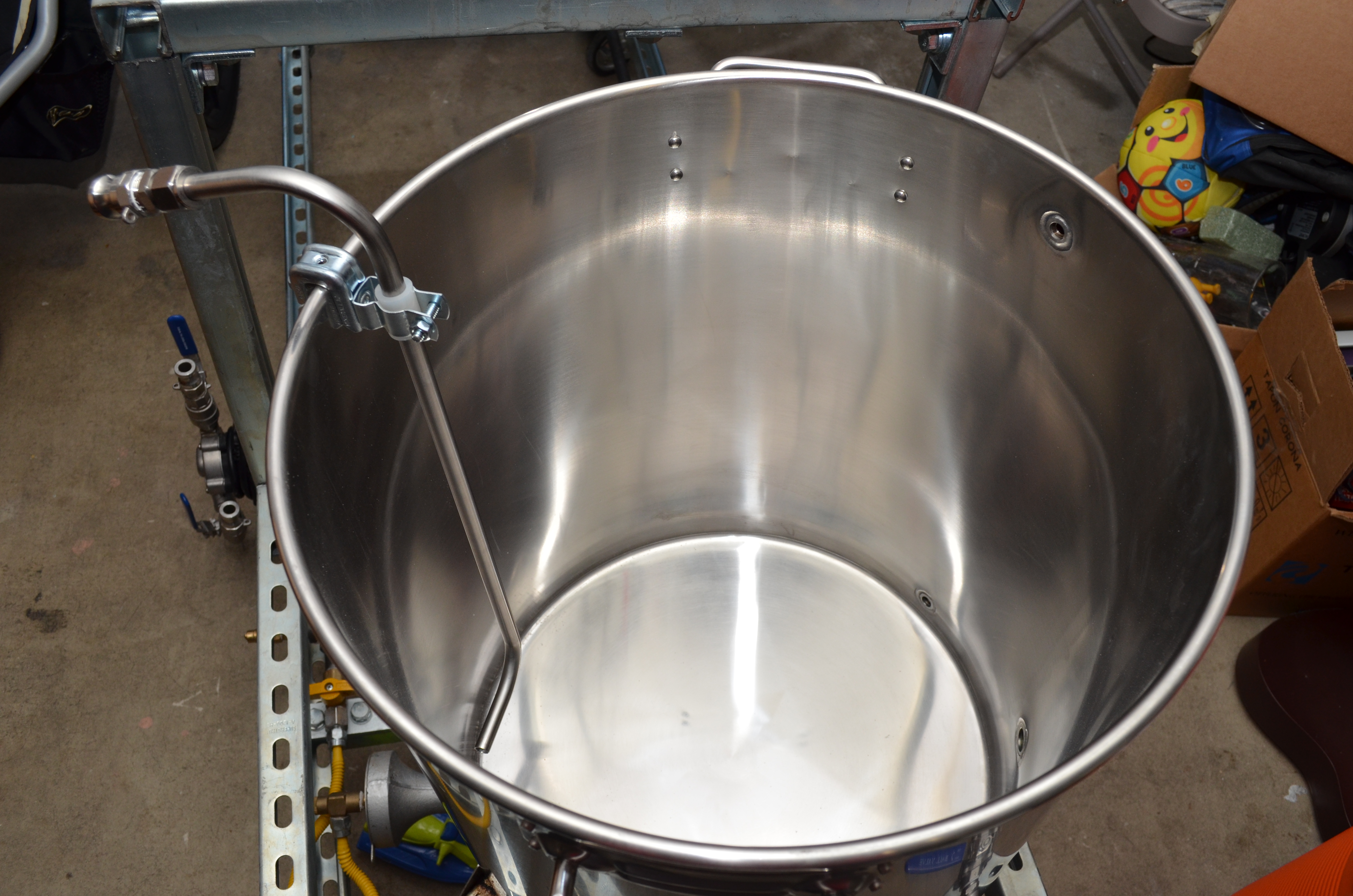
The problem with adding boiling water, however, is that it also dilutes the mash. Without a thermometer, the only way to get a predictable temperature increase in the mash tun was to add a measured amount of boiling water. And, perhaps more important, it provided a way to efficiently mash poorly modified malt. The origins of decoction: Decoction mashing served two purposes in the “old days.” It provided a way to get predictable temperature steps in an unheated mash tun before the development of reliable thermometers. How can we reconcile these facts? A brief tour of decoction will resolve this dilemma. Yet decocted beers are among the smoothest and maltiest beers made. Why would anyone do that? Beginning home brewers are all warned that boiling specialty grains will extract tannins and make our beer harsh and astringent. The Oxford English Dictionary defines decoction as “boiling in water … so as to extract the soluble parts or principles of the substance.” Simply put, a decoction mash is one in which a portion of the mash is boiled.

To browse our selection of converted mash tun cooler and hot liquor tanks! The resulting beers are compared in a blind tasting with beers made using single-infusion and single-decoction mashing techniques. The second is closer to a decoction mash in that a portion of the mash is removed and pressure-cooked for a short time, then returned for the remainder of the mash schedule. The first involves pressure cooking all or part of the wort for part of the boil time. In this article, I describe and test two alternatives to the traditional decoction mash. At this temperature, the Maillard reactions (one type of browning reaction) between sugars and amino acids in the wort proceed much more quickly than at normal boiling temperatures (Maillard reactions produce compounds that taste bready, toasty, and malty). The interior of a pressure cooker at 10 lb of pressure easily reaches a temperature of 240 ☏ (115 ☌). I was intrigued by discussions on the internet mailing list Homebrew Digest about pressure-cooking wort or mash to enhance melanoidin formation for increased malt character. With this in mind, I set out to investigate some alternative-ways to get increased maltiness in beers. If your brewing time is already limited, you may not have the extra hours to spend in search of rhat elusive malt character. Even a single-decoction mash adds at least an hour to the brew day. No one will dispute that decoction mashing has a downside: It is a very time-consuming practice. In New Brewing Lager Beers, Greg Noonan claims that decoction provides a number of other benefits as well, including increased starch conversion, effective mashing of poorly modified malts, better hot break formation, and reduction of hot-side aeration. Darryl Richman, in Bock, emphasizes the importance of decoction mashing in brewing the extremely malty Bock style. Many home brewers, for example, use decoction mashing as a way to add continental malt character to their beers. The practice, however, continues to be used in home breweries and even commercial breweries in Germany and, to a lesser extent, the United States.Īdherents claim a variety of benefits of decoction mashing. We know that, at minimum, medieval and Renaissance breweries used decoction mashing to provide predictable temperature boosts in the absence of thermometers and controlled heat for their mash tuns.


Modify the boiling temperature based on your elevation.Decoction brewing is surrounded in controversy in modern brewing circles. I use an external pump to help maintain the mash temperature. Modify the grain temperature to what that is. adjust your boil volume accordingly, I spill a lot and take into account samples for measuring pre boil OG, etc So my brewhouse efficiency will be different. How I organize my mash profiles based on body and temperature: The tutorial video I used to set up the mash profiles: The only thing I would change is if you use this system outside or in a garage where humidity might affect your boil-off rates. Hello fellow brewers, I came up with this equipment profile for the M&B ebiab on Beersmith 3 mobile.


 0 kommentar(er)
0 kommentar(er)
